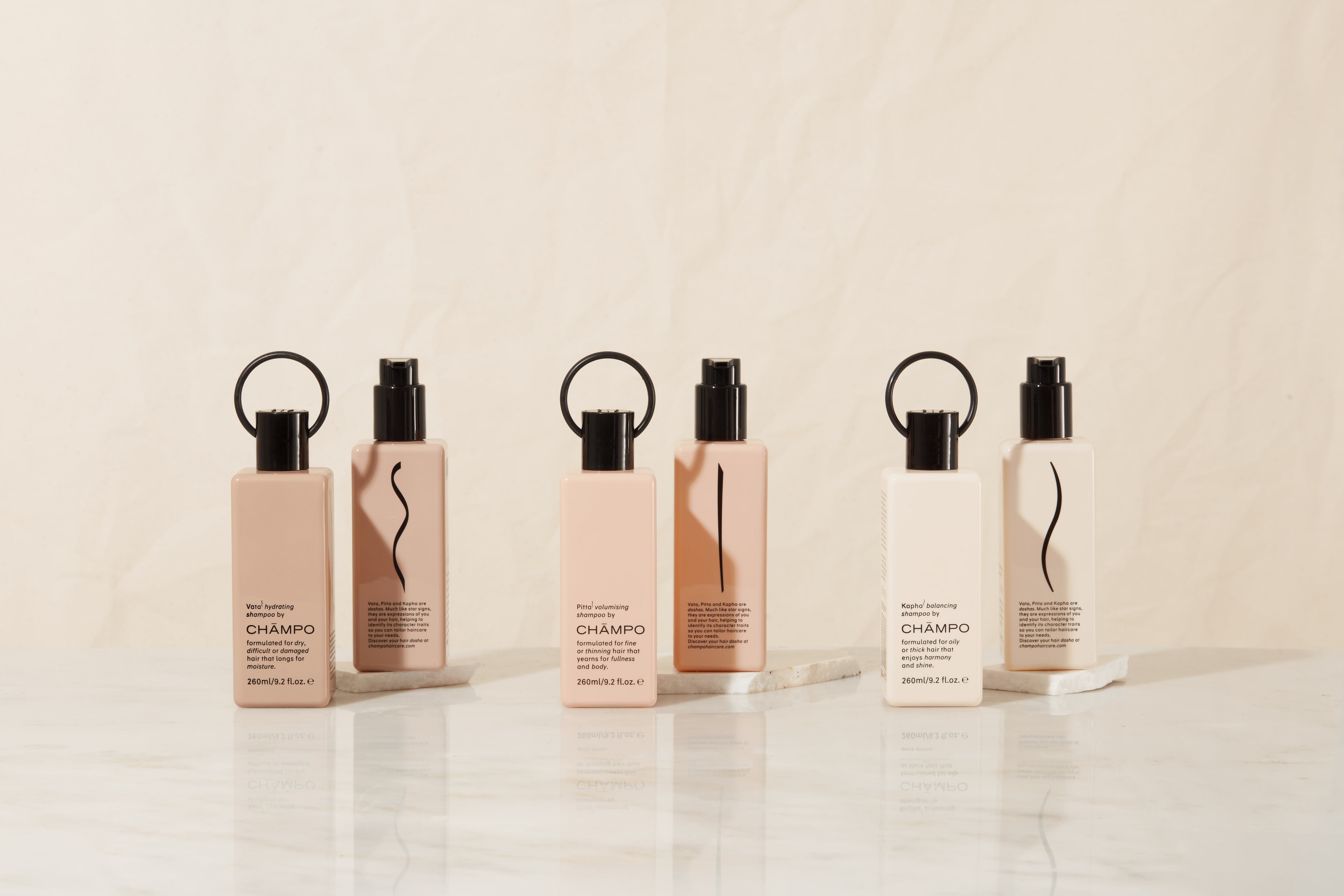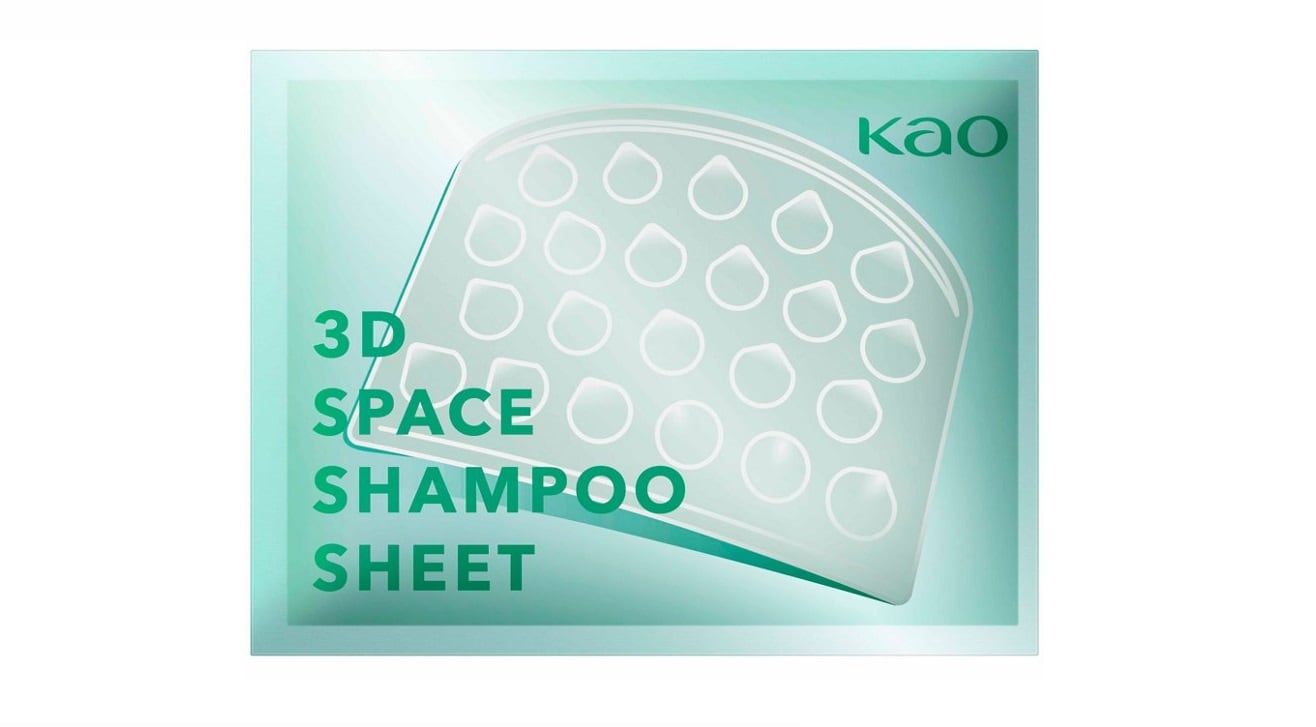Writing in its international patent, L’Oréal said it had developed a method for the in vitro prognosis and/or diagnosis of a “common alopecic state of the scalp” by measuring the expression level of very specific genes* involved in the intercellular junctions of the scalp and/or hair follicle. It also outlined an in vitro method to evaluate the efficacy of treating a common alopecic state, including testing cosmetic treatments like hair lotions, gels, shampoos and conditioners made using gene modulators and certain active compounds.
*Genes identified by L’Oréal: CDH1, ACTB, ACTBL2, TUBB, TUBB2A, GSN, MY03B, MY05B, MY06, DSG2, DSG3, DSG4, DSC2, GJB2, GJA1, GJB6, GJA3, TJP2, CLDN8, CLDN10, CLDN19, and optionally CTNNB1 and CTNND2
L’Oréal said the prognosis, diagnosis and treatment methods specifically related to common alopecia caused by disruptions of the hair cycle, as opposed to immune alopecias like alopecia areata or spot baldness, alopecia universalis and alopecia totalis. Assessment and treatment could therefore be used for the likes of androgenetic alopecia, traction alopecia, female pattern hair loss, cicatricial alopecia, chemotherapy-induced or radiotherapy-induced alopecia, telogen effluvium, stress-related alopecia, seasonal alopecia, age-related alopecia and micro-inflammatory alopecia.
Understanding substantial temporary or definitive hair loss
“The natural hair loss of the hair can be estimated, on average, at a few hundred hairs per day for a normal physiological state,” the company wrote in its patent filing. “This constant physical renewal process undergoes a natural change during the course of ageing: the hairs become finer and their cycles shorter. Various causes may however bring about substantial temporary or definitive hair loss,” L’Oréal wrote in its patent filing.
THE FOUR PHASES OF HAIR GROWTH AND RENEWAL
The anagen phase or growth phase sees the hair follicle push out hairs that will continue to grow until they are cut or reach the end of their lifespan. This is then followed by the catagen phase or transitional phase where the hair follicles shrink, the hair separates from the bottom of the hair follicle and hair growth slows. Thereafter is the telegon phase or resting phase where hair growth ceases and hair loss begins at the end of this cycle. This is then followed by the neogen phase or regeneration phase which loops back round to the growth phase and sees hair growth.
As L’Oréal explains: “The anagen phase, which is the active or growth phase during which the hair elongates, lasts several years. The very short catagen phase lasts a few weeks. The telogen phase or resting phase lasts a few months. At the end of this resting period, the hair strands fall out and another cycle begins. The head of hair is thus undergoing constant renewal and, of the approximately 150,000 hair strands which make up a head of hair, approximately 10% are at rest and will be replaced in the months to come.”
In common alopecia states, L’Oréal said there were disruptions to the anagen or growth phase of the hair cycle along, with a shortening of this phase; a gradual thinning of the hair strand; and a decrease in the amount of hair thereof. “Gradual miniaturisation of the bulbs takes place, in conjunction with isolation of these bulbs by gradual thickening of the collagen matrix of the outer connective sheath. Revascularisation around the hair follicle is thus made more difficult cycle after cycle. The hairs regress and become miniaturised until they are no more than an unpigmented down, and this phenomenon leads to gradual thinning of the head of hair.”
Overall, this type of hair loss tends to affect very specific areas that typically differs between men and women, L’Oréal said, with temporal or frontal region hair loss seen in men and diffuse alopecia of the crown seen in women. In some cases, these men and women are genetically predisposed to hair loss, but in other cases hair loss can be a seasonal phenomenon or accentuated by hormonal imbalance, physiological stress or malnutrition.
“In general, any factor that influences these processes, namely the acceleration of the frequency of the cycles, the gradual miniaturisation of the bulbs, the gradual thickening of the perifollicular collagen matrix, the thickening of the outer connective sheath, and the decrease in vascularisation, will have an effect on the growth of the hair follicles,” L’Oréal wrote.
Identifying ‘new biomarkers’ in male-pattern hair loss
It was therefore important, the company said, to find “new biological pathways” and “new biomarkers” for detecting an alopecic state of the scalp, particularly before visible, to be able to reduce and/or slow down hair loss. More specifically, L’Oréal said there was a “considerable need” for this in androgenetic alopecia – male- and female-pattern hair loss that happened very characteristically in well-defined patterns. Targeting this form of common alopecia, particularly amongst men, it said, was the goal of these inventions.
The beauty major said it had discovered that the expression of the specific genes identified, involved in the intercellular junctions of the cells of the scale and/or hair follicle, such as keratinocytes and fibroblasts, was decreased in the area where the male- or female-pattern hair loss was progressing. Measuring the expression of these genes in these scalp areas, therefore, enabled a prognosis and/or diagnosis in a subject, it said.
The expression of these genes could then also be measured after a treatment designed to either induce and stimulate hair growth or slow down hair loss, to measure efficacy, achieved by the inclusion of modulators or active compounds in topicals.
Proving efficacy of topical, oral and physical hair loss treatments
These measurements, L’Oréal said, could be taken by conducting a scalp biopsy or a biopsy of one or more of the hair follicles and compared to control measurements to check for “statistically significant” differences in gene expression. A treatment could be considered efficacious, the company said, if the expression of a specific gene identified was increased after treatment, compared to before the treatment and compared to a control level. Comparison of more than one gene expression was preferable when testing efficacy of a product on androgenetic alopecia, it said.
“A treatment will be considered to have no effect if the expression levels of the chosen gene, before and after treatment, are substantially identical, or else if the differences observed are not significant,” L’Oréal wrote.
Beyond topicals, this testing could also be used to measure efficacy of oral and physical treatments where necessary, the company said. It was also possible to “evaluate the efficacy of the combination of several treatments” – evaluating combinations that best restored gene expression levels of one or several of the genes identified, it said.
New treatments and combinations versus existing product efficacy
L’Oréal said its inventions could be used to shape future innovations or qualify the efficacy of existing products and treatments.
“In this way, combinations of treatments capable of being particularly efficacious, synergistic or complementary may also be envisioned,” it said.
Source: WIPO International Patent No. WO/2022/003041
Filed on: June 30, 2021. Published on: January 6, 2022.
Title: “Molecular signature of a common alopecic state, associated with cell junctions”
Authors: L’Oréal – Y. Mahe, K. Bakkar and E. Bou Samra




